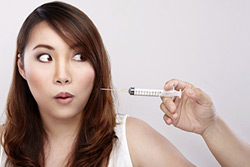Should You Worry About Counterfeit Botox?

When you see a facial plastic surgeon for an injection such as Botox, you want to walk away from the treatment with the assurance that the substance the surgeon injected into your forehead or by your eyes was in fact the real deal. While for the most part, if you work with a board certified surgeon and receive the treatment at a surgery center, you can rest assured that the Botox you received was actually Botox.
But, a recent warning from the FDA highlights the importance of making sure your surgeon is qualified and that the Botox he uses is authentic. In the middle of April 2015, the FDA warned that it had found vials of counterfeit Botox on offer in the US. The vials of fake Botox weren’t just being offered by non-professionals or being peddled in backrooms or hotel rooms. Instead, many of the fake products were being used in medical practices, by trained doctors. To the untrained eye, the fake Botox products look similar to the real thing, but there are several key differences to look for, so that you can protect yourself.
How to Spot a Fake
Although the counterfeit versions of Botox that were recently discovered are very similar in appearance to the product sold and distributed by Allergan, the manufacturer of the product, there are some key differences in terms of the packaging, the FDA warned. The counterfeit products are different in three major ways. First, vials of fake Botox are missing a lot number, which is found on vials of authentic Botox.
Second, “LOT:, MFG:, EXP:” are printed on the cartons of Botox. In the case of real Botox, there will be dates and information printed next to each word. The fake products have nothing printed next to LOT:, MFG: or EXP: on the carton. Finally, the active ingredient listed on both the vial and carton is different on the fake product. While genuine Botox’s active ingredient is listed as “OnabotulinumtoxinA,” the ingredient listed on the counterfeit versions is “Botulinum Toxin Type A.”
What are the Risks of Fake Botox?
The FDA has determined that the counterfeit Botox isn’t safe for use. Fortunately, though, there have been no ill effects reported by people who received injections with the fake product. But, since there is no way to tell what is in the counterfeit product, there is no way to guarantee or even to suggest that it might be safe. At the very least, if you do end up receiving a treatment with fake Botox, you might not get any results or see any changes. In the worse case scenario, the fake product could cause permanent disfiguring or other long-term health issues.
How to Avoid a Fake in the First Place
There are several ways to protect yourself and to make sure that the doctor you are working with is giving you the real deal when it comes to Botox. You can ask to see the carton and the vial the Botox is packaged in before the surgeon draws it into the syringe. Along with listing the ingredient as “OnabotulinumtoxinA” and having a lot number, expiration date and manufacturing information, authentic Botox will have a holographic image printed on it that reads “Allergan.”
You can also ask the facial plastic surgeon where he purchased the product from. Ideally, the surgeon will buy the Botox directly from Allergan, or from one of the distributors authorized by the company to sell the product. The fake Botox discovered by the FDA wasn’t sold by an authorized distributor, but by a supplier who didn’t have the license required to sell or ship Botox or other drug products in the US.
How to Avoid Other Botox Risks
Along with making sure that the medical professional you’re working with is offering you a legitimate product, it’s important to double and triple check that person’s credentials before agreeing to let him or her inject you. Even if the injector receives the Botox directly from Allergan, you want to make sure that he or she performs the treatment on a regular basis.
An injector who administers Botox on a regular basis will have a better understanding of how much of the substance to use and where exactly to inject it to achieve the type of results you want. He or she will also be less likely to use Botox that has expired or that is past its prime, since the more injections performed means the more likely it is that there will be adequate stock turnover.
If you are considering Botox and are in the Virginia Beach area, consider working with Dr. Kyle Choe. A participating member of the Allergan Partner Privileges program, Dr. Choe’s practice only uses FDA-approved Botox direct from the manufacturer. To learn more and to schedule an appointment, call 757.389.5850 today.
